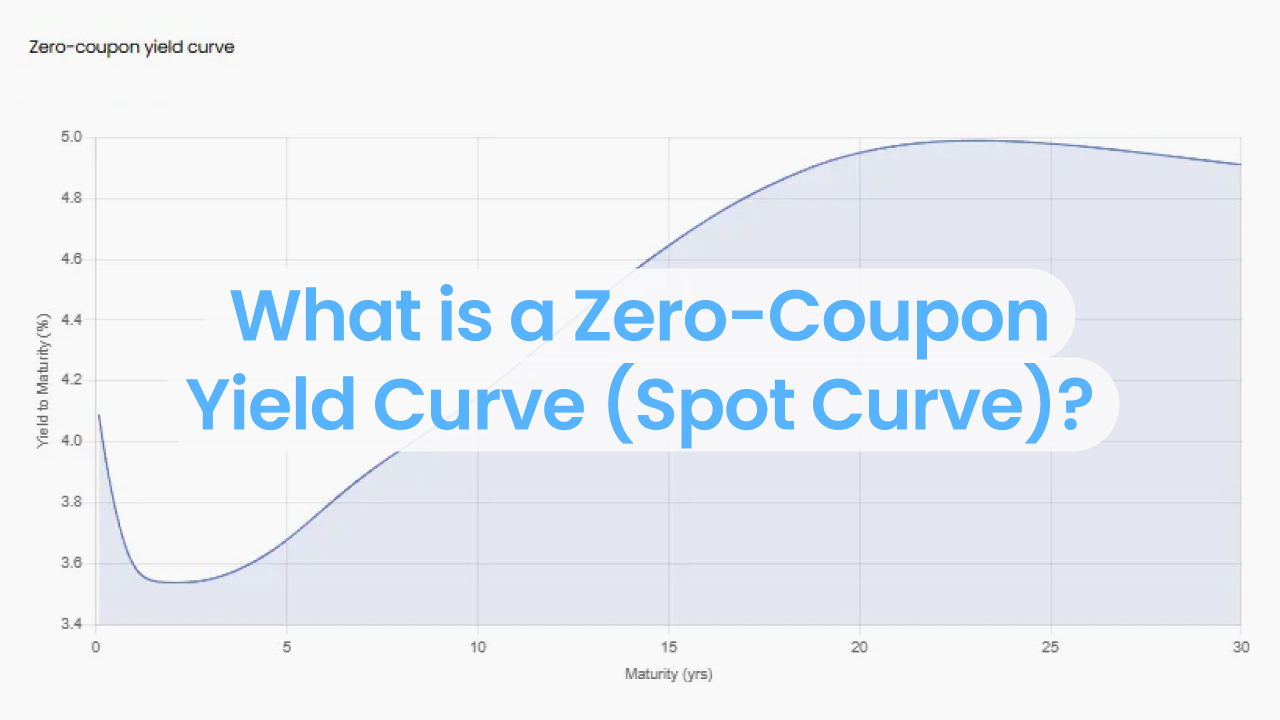Introduction to SOFR
The Secured Overnight Financing Rate (SOFR) emerged in response to concerns surrounding the long-standing London Interbank Offered Rate (LIBOR). Here, we delve into the intricacies of SOFR, its creation, computation, and its significance in the financial world.
Why was SOFR created?
In 2017, the UK Financial Conduct Authority (FCA) highlighted concerns about LIBOR's sustainability, given its dwindling underlying transactions. Subsequently, the Alternative Reference Rates Committee (ARRC), a collaborative initiative of the Federal Reserve Board of Governors and the Federal Reserve Bank of New York, pinpointed SOFR as a promising alternative for USD LIBOR.
What is SOFR and its Significance?
SOFR, unlike USD LIBOR, is a transaction-driven rate. This design makes it more resistant to potential market manipulation and aligns it closely with regulatory preferences. It reflects the cost of borrowing cash overnight, underpinned by Treasury securities. With a robust $900 billion daily market transactions supporting SOFR, it stands in stark contrast to USD LIBOR's reliance on judgment-driven submissions, which often have fewer than $1 billion transactions backing them daily.
Stat: SOFR boasts a backing of $900 billion in daily market transactions.
How is SOFR calculated?
The New York Fed employs a precise method, considering transactions in three distinct repo markets backed by U.S. Treasury securities:
- Tri-party repo data
- General Collateral Finance repurchase agreements
- Bilateral Treasury repo transactions via FICC’s DVP Service.
This rate gets published every day at 8 a.m. EST, providing an overnight, fully-secured reference.
Stat: New York Fed publishes SOFR at 8 a.m. EST daily.
For a comprehensive breakdown of the most popular market data providers, read our blog "Bloomberg vs. Refinitiv vs. BlueGamma - Navigating the Market Data Maze"
The Reason Behind ARRC's Choice of SOFR over USD LIBOR
ARRC's endorsement of SOFR was underpinned by factors such as the liquidity and resilience of the markets backing the rate. They emphasized the transparency of SOFR, given its reliance on unbiased third-party clearinghouses reporting vast transaction volumes. Contrarily, LIBOR's determination leaned heavily on expert judgment, especially since interbank unsecured lending dwindled post the Great Financial Crisis. The ARRC also considered and subsequently dismissed other rates like the Effective Federal Funds Rate and Treasury bill rates.
To understand more about the LIBOR transition and what is replacing LIBOR, read our blog "Why is LIBOR Being Replaced?"
Understanding Repo Markets
Repo markets primarily facilitate short-term borrowing and lending activities, typically secured by liquid assets like U.S. Treasuries. These markets encompass:
- Tri-party repo market
- GCF repo market
- DVP repo market
Each market serves a distinct set of participants and has its unique operational nuances.
Key Drivers of Supply and Demand in Repo Markets
Several factors influence the dynamics of the Treasury repo market:
- Fed Funds Target Rate: A critical determinant, it sets the floor for SOFR fluctuations.
- Bank Balance Sheet Dynamics: Year-end and quarter-end pressures can trigger SOFR spikes.
- MMF Activities: MMFs' investment decisions, balancing between repos, T-Bills, and discount notes, directly influence repo rates.
- Government MMF Balance Variations: Increased balances in government MMFs depress repo rates.
- Market Stresses: Pressures on risk assets can amplify the demand for Treasury repos, suppressing the associated rates.
Varieties of SOFR Conventions
SOFR’s daily rate is subject to inherent volatility. Several conventions have been proposed to address this:
- Daily Simple SOFR: Reflects a daily weighted average of SOFR.
- SOFR Compounded in Arrears: Incorporates compounding while mirroring the Daily Simple SOFR methodology.
- NY Fed Average SOFR: Uses a compounded average from a prior period.
- CME Term SOFR: A forward-looking rate drawing from SOFR futures and benchmark derivatives.
Stat: CME Term SOFR stands atop ARRC’s LIBOR fallback hierarchy for loans.
FAQs
Why is SOFR less susceptible to market manipulation?
SOFR is transaction-based, relying on actual market transactions, making it resistant to individual biases and potential manipulation.
How do repo markets differ from one another?
They vary based on the participants involved, the nature of the securities, and their operational structure.
Why is the volatility of daily SOFR a concern?
Excessive volatility can make financial forecasting challenging for institutions and individuals alike, hence the search for mitigating conventions.
External Reading Links:
For on-demand access to SOFR and other financial market and derivatives data, start a trial with BlueGamma




.png)